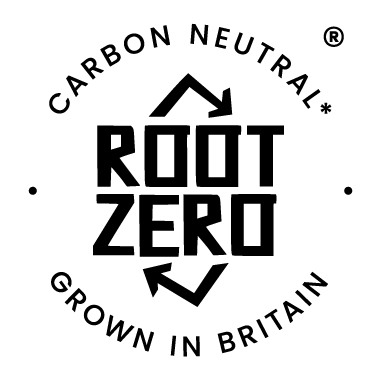Yellow hammer
They love to eat seeds such as wheat and barley and thrived in the age of the horse, but sadly today there are remnant populations in Pembrokeshire, and we must put measures in place to protect them.
What are we doing to help?
We plant an arable crop (‘bird seed mix’) and leave it to grow over the winter. This creates a habitat and also provides natural food for these birds.
Furthermore, we are placing large feeding stations around our farms, to provide vital winter and spring food. The months of January through to April can often become ‘hungry gaps’ in the life of a yellow hammer. The autumn bounty of seeds and fruit are often depleted in late winter. Providing supplementary food for them can not only help them survive the coldest times, but also help them get in great condition as they get ready to nest and breed in April and May.
They will also love our bigger, stronger hedges which are full of song posts and places to hide from predators.
We will count the numbers we have now (along with other farmland bird species), and monitor any changes. This work will further shape the help and management we want to provide.
Our biodiversity work will move with the seasons, after all, all the species we are looking to support are all in their own cycle of life.
